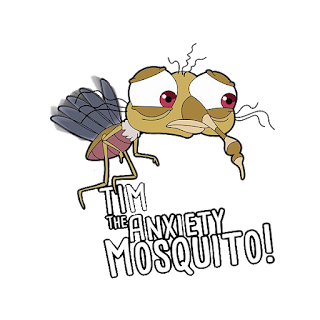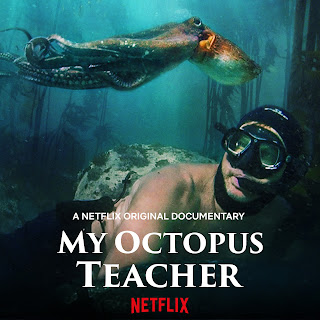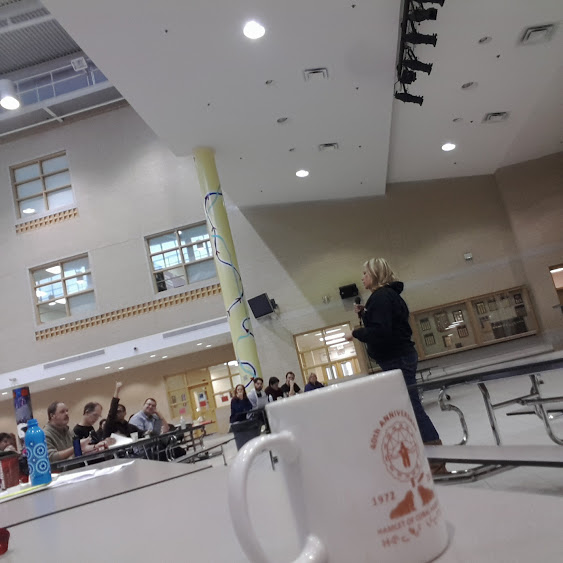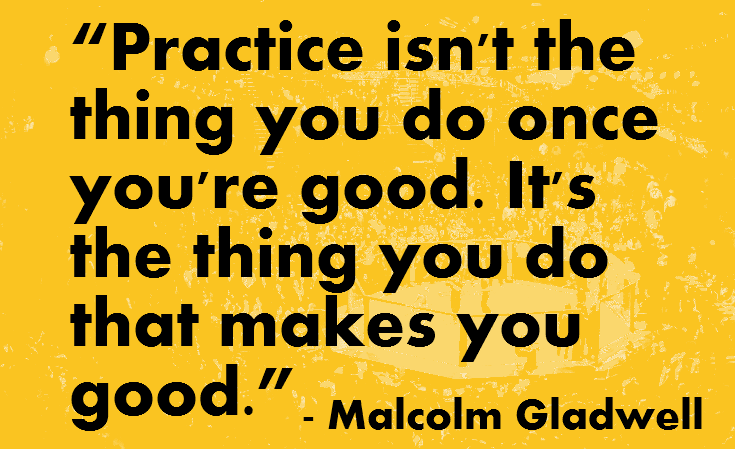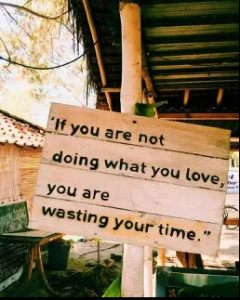Piles of corpses and rivers of blood…
I’m currently swinging my way through Never Winter Nights and last night, after clearing out a room of guards, I paused for a moment. Bodies lay scattered around me and the blood was thick on the floor. In my character’s head came the thought, “I just murdered eight men.”
The bodies just fade away in NWN, it’s all very antiseptic and clean (and I imagine it makes life easier for the graphics card). Bodies don’t really fade away though do they? In a more realistic world guards and investigators would be swarming around that house shortly after the guards on shift change found their slaughtered companions. People who saw me enter and leave with heavy pockets would have been questioned, the bodies would not have disappeared, my life would have been forever changed by that action.
I think about the mountains of corpses I’ve made in this game (which I’m enjoying otherwise – it is quite beautifully rendered), and I’m only on Chapter 2! This isn’t slagging against NWN specifically, all computer based role playing games do this. I think they do it because the people who design and make the games aren’t role-players, they’re programmers and marketing types; people who think linearly and modularly. I know it’s easy for game makers to make experience = killing because it’s mechanical, and simple and it satisfies an innate human need for violence, but if graphics are getting as good as they are (almost movie quality at times), then perhaps this lazy approach to game design should finally be put aside. I don’t think it does anyone any good to control a mass murderer, especially when this usually happens for the greater good in the context of the game.
Why can’t my opponents see that I can easily kill them and surrender? Why couldn’t I earn experience by taking it away from people I subdue (that even makes sense in a balance of nature sort of way). Imagine a young fighter who gains experience and loses it too when he is subdued by a powerful foe. If he ever got knocked back down to zero experience I’m sure he’d be rethinking his career choice. It would also help in a game situation where developers wouldn’t have to worry about linear design so much. With lethality as a rare occurrence, but being subdued having an immediate effect on experience, I imagine most characters would be more careful especially if this system also took away or greatly minimized the ‘save game’ crutch. I take many more risks knowing that I’m 10 seconds of hard drive access away from trying it again. Continuity would help players develop real connection to their characters instead of using them as tools to attack a linear plot.
 Why does it have to be about gallons of blood and piles of corpses? … and why does violence have to be mechanical?
Why does it have to be about gallons of blood and piles of corpses? … and why does violence have to be mechanical?
Don’t get me wrong, I’m a hockey player, a kendo practicioner and I’ve had a go at half a dozen martial arts; violence isn’t a stranger to me, but maybe that’s why I’ve got respect for it, because I’m familiar with it.
I enjoy a good fight more than most people, but what’s happening in NWN (and every other computer RPG I’ve played) is not a good fight, it’s a dumbed down fight against dimensionless opponents. Do you know how hard it is to find an opponent who won’t cut and run at the first injury? 99% of opponents are not commited to the fight, they are commited to their own well being (as they should be). I think it’s safe to say that the vast majority of people that you meet will do anything to avoid a physical confrontation and the most dangerous opponents are those who willingly consider a physical confrontation but avoid it if circumstances aren’t to their liking. In a more lawless society that might mean they’ll try and get you later when you’re busy, asleep or otherwise indisposed. That would only enrich the experience more. Having repeat encounters with a character who you first think is a coward and later learn is a vendeta ridden lunatic bent on revenge at all costs might make you reconsider being a jackass in the first place. People aren’t always what they appear at first blush; it’s part of their charm.
Have you ever been in a fist fight? Can you remember the adrenaline? That was only a fist fight! Can you imagine what it would feel like with a real sword in your hand and an opponent facing you with a lethal weapon? Wouldn’t you think twice about it if the person/monster you were facing had a hungry gleam in their eye? If you submit early perhaps you can escape intact, without losing any equipment and with a minimal experience point loss. If you mouth off and get in over your head, your teacher will certainly take more of your valuables as well as skim off more experience. You’d have to gamble to rise quickly. If you’re third level and you want to face off against a fifth level character you will probably lose, but if you win by luck or skill you would take more experience suddenly and find yourself levelling up. Wouldn’t they think twice if they saw that same look in your eye?
I’d like my role-playing battles to approach the intensity (are rarity) of the real thing. It should never be mechanical, it should never be done without thought and it should almost never end in a mortal wound. Having to submit and then being sold into slavery would greatly enrich a character’s background and provide a solid source of motivation to get better with that damn sword.
There are so many ways that a role playing world can become encompassing, but the game makers don’t seem to want to take that step. If it sells as it is why tamper with it I guess. Well here’s another angle: build it and they will come. If a designer out there can come up with a role playing game that incorporates a respect for violence and concentrates on developing a stronger tie between player and character, I’ll be the first to sign up.
Just some thoughts while standing ankle deep in the blood of guards who were just doing their jobs.












